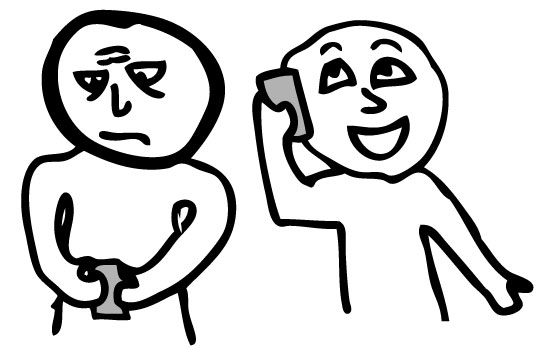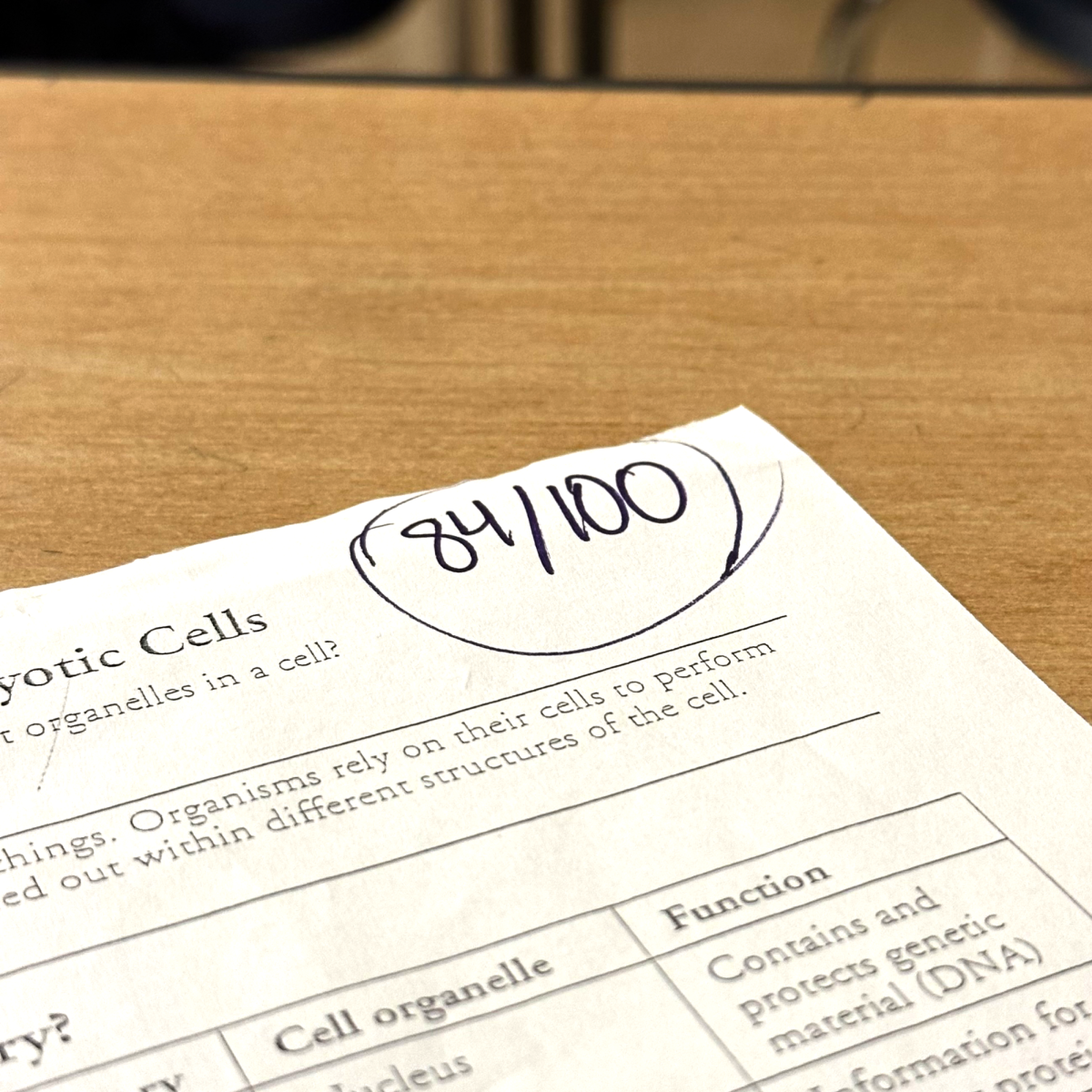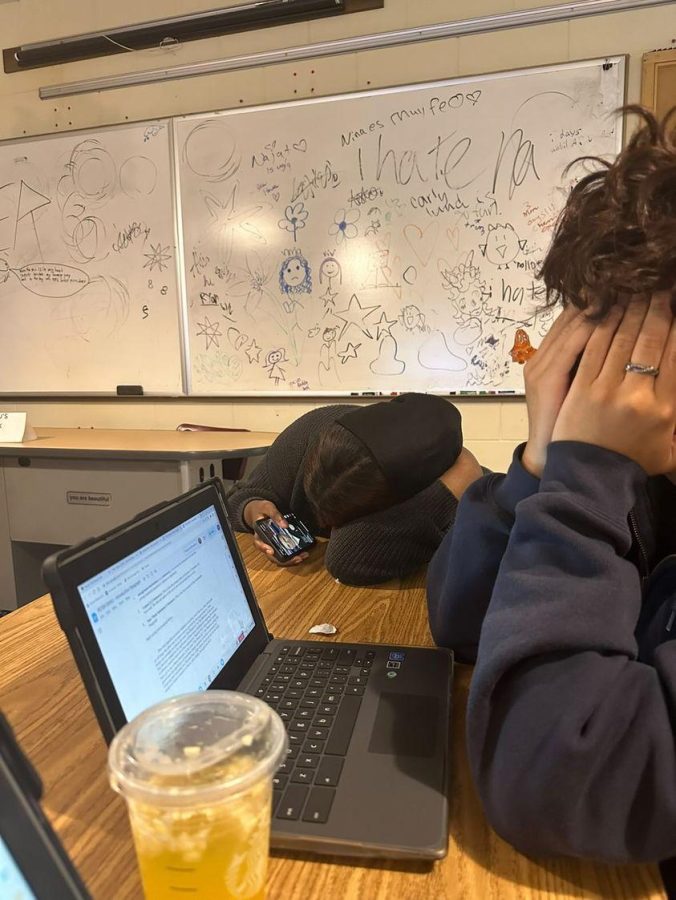Mobile communication is staple of modern society
Mitch Hammer
Staff writer
The use and importance of cell phones have grown tremendously over the past few years. Cell phones went from being a luxury to a necessity for people in just a matter of years.
When they first came out, cell phones were bulky and a hassle to carry around. Nowadays, cell phones are slimmer, easily portable, and provide new technological functions which completely changed today’s society. According to a recent survey by the CTIA Wireless Association, approximately 285 million Americans have a cell phone. That’s about 91 percent. To stay connected to most Americans, then, a cell phone is an excellent tool.
Being able to make calls anywhere and anytime is of huge importance for many people. A large sum of today’s workforce requires people with jobs to carry cell phones. Some workers have to travel the road for their job but at the same time cannot miss an important call from a client, co-worker, or boss. Missing such a call could have consequences that people don’t have to suffer as often nowadays.
Cell phones are also a huge benefit for parents and children to stay connected. In case of an emergency, parents or their kid can reach each other easily and efficiently. For example, what would you do if you broke your ankle while playing football with your friends? Probably call your parents with a cell phone! Parents can now feel safe knowing they have a way to keep in constant contact with their kids.
Cell phones can be used in other kinds emergencies, like a car accident or other car troubles. Passing drivers probably won’t stop to help someone who has stalled because they assume that person has a cell phone. It is also extremely dangerous to get out of a stalled car on the freeway and cell phones make it so you don’t have to.
Cell phones also provide a wide variety of entertainment features and applications. From being able to watch movies to reading recent news, a cell phone can keep a person entertained when boredom comes along. The most popular cell phone feature among teenagers and even many adults is texting. By texting, a person can communicate with someone else without having to hold a conversation out loud. A person can check a text anytime, they don’t have to be free to talk when someone texts them, and they can do it quietly without annoying other people around them. It is one of the fastest growing methods of communication, for good reason: it’s really handy!
Cell phones are an incredibly useful tool, and should not be underestimated. They can help in all kinds of situations, and only add to our growing world.
We are losing ourselves in cell phones
Collin Knopp-Schwyn
Design & Graphics editor
The explosive growth of cell phone usage in the past decade or so has brought about a dismaying degeneration of American social life, especially for teenagers.
Having the ability to conduct a virtual presence in the form of texting or social networking at the same time as maintaining an actual one has led to a split in the amount of attention devoted to either.
Carefully observing any classroom at South for a little while will inevitably end with you seeing at least one instance of cell phone use, even in spite of the school’s rigid anti-use policies. This instance, this period of time, however short, when a student removes their attention from their teacher and directs it at their cell phone, signifies a student breaking away into their second, virtual persona.
Compound that with the fact that many students text multiple times an hour (the average teen sent and received over 3300 messages per month, a recent study by the Nielsen Company, a national polling firm, found), and you get some indication of what’s happening. Cell phones are providing a way for teens to be two people at once: one who’s sitting in a classroom ignoring a teacher, and another who’s chatting with a friend who is in turn sitting in another classroom ignoring a different teacher. These interactions can have far-reaching repercussions.
The main consequence of this is a simple one to understand. Essentially, the more time that’s spent on a cell phone, the less time that’s spent interacting in the so-called real world. It’s basic displacement.
In addition, cell phones allow for constant contact, and a blurring of boundaries in time division, meaning that where in days gone by, you would have to get off the phone with a friend so you could come to dinner, you are now able to continue a conversation via texting all through suppertime.
Finally, cell phones allow for true, honest communication to be brutally bastardized. Arguably, the truest form of communication is direct, face-to-face speech, followed by telephoned speech, followed maybe by letter writing, emailing, and at the very bottom of the list, texting.
So much is lost when an entire message, a feeling, a story, or an idea, is funneled into 160 characters, typed tersely and sent away just as quickly.
Needless to say, cell phones are responsible for the aforementioned trifecta of issues, as well as simple self-addiction. Cell phones are a vicious cycle; their use only spurs more cell phone use, and etc. Indeed, in a 2008 study conducted by market research firm Harris Interactive, 47% of teens admitted that they thought that their social lives would be worsened if texting disappeared.
The explosion of cell phone usage has gone unchecked for too long. Now is the time to reject cell phones and their excessive usage as a cop out to having a real, developed social life.
If you find yourself using your cell phone to represent you too often, try taking a break from it and conversing with those whom you communicate electronically. It’s guaranteed to be more profound than anything you can possibly say in a text.







